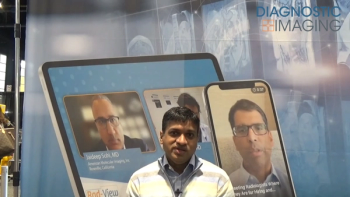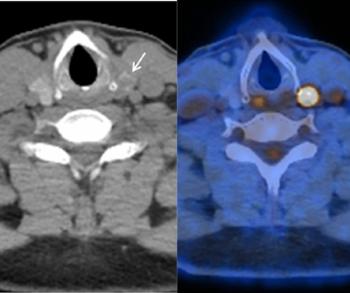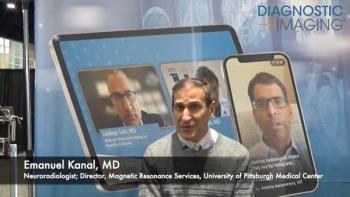
Low-dose MSCT sharpens pediatric lung image
Newborns and infants may breathe easier with a respiratory-gated, low-dose MSCT imaging technique that depicts the neonatal lung during continuous breathing, according to research presented at the 2004 RSNA meeting.
Newborns and infants may breathe easier with a respiratory-gated, low-dose MSCT imaging technique that depicts the neonatal lung during continuous breathing, according to research presented at the 2004 RSNA meeting.
A study by Dr. Patrik Rogalla and colleagues from Charite Hospital in Berlin examined 20 newborns and infants referred for CT for the following indications:
- ventilator dependency
- suspected tracheo- or bronchomalacia
- hypoplastic lung analysis of congenital diaphragmatic hernia
- greater vessel malformation coinciding with airway compression
Respiratory-gating was possible in all examinations.
The researchers used 0.5-mm slice thickness, 10 mAs at 120 kVp, a pitch of 2 to 4.8:16, and 0.4-mm reconstruction intervals for the imaging studies. They measured total volumes for the left and right pulmonary airways during breathing.
While low radiation dose is important for pediatric patients, image quality is imperative for investigating respiratory insufficiencies. The researchers reported that the continuous breathing technique markedly reduced breathing artifacts compared with nongated techniques. Despite the low radiation dose, they were able to calculate volume measurements for all cases.
The technique allowed for in-depth examination of global lung function parameters as well as separate analyses of both lungs and individual lobes, according to the Rogalla.
For more information from the Diagnostic Imaging archives:
Newsletter
Stay at the forefront of radiology with the Diagnostic Imaging newsletter, delivering the latest news, clinical insights, and imaging advancements for today’s radiologists.




























